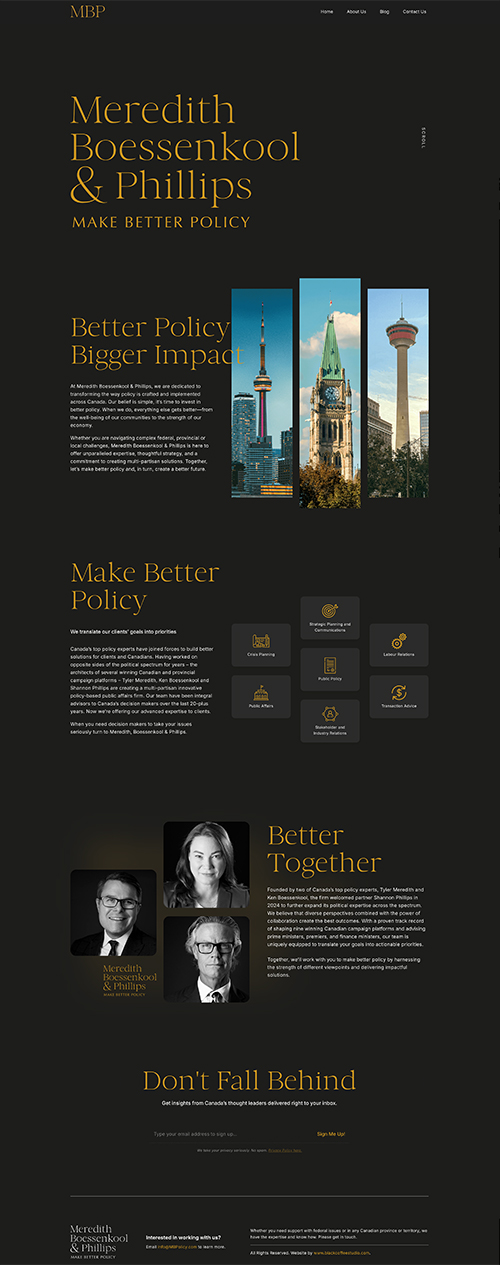The most important number in next week’s Alberta budget is $3 billion — the average level of natural resource revenues that poured into Alberta coffers during the 1990s. If the government relies on natural resources for more than this amount, it invariably gets itself into trouble. Let me explain.
In 1981, Alberta relied on non-resource revenues to fund all but $2.6 billion of program spending, even thought it took in nearly $4.7 billion in oil and gas revenues. The result was a surplus of $2.1 billion, which went into the Alberta Heritage Savings Trust fund. Alberta saw these additional revenues not as a reliable stream of income, but as the sale of a capital asset. The government wisely realized that the oil in the ground could be sold only once, and that future generations should benefit from this one-time sale.
That forward-looking attitude changed in the following year. Alberta ramped up its spending by an almost unbelievable 35 per cent and, as a result, the gap between spending and non-resource revenues grew to $4.9 billion. The government moved to a position where the budget could only be balanced if natural resource revenues exceeded this amount — which they didn’t, and as a result the province ran a deficit of nearly $1 billion in 1982.
The bottom line was rescued in 1983 because natural resource revenues jumped to nearly $5 billion, so no corrective action was taken on the spending front. In fact, spending continued to grow faster than non-resource revenues for the next few years until Alberta required $6 billion in natural resource revenues just to keep the budget balanced.
We all know the result — oil revenues never did hit $6 billion, and when natural resource revenues fell to $2 billion in 1986, a new spending level had been entrenched and a string of deficits ensued.
Alberta’s over-reliance on natural resource revenues lasted for nine years – in every year from 1982 until 1993, the gap between spending and non-natural resource revenues exceeded $3 billion.
The tables turned in 1994, which was the first year in which the provincial budget required less than $3 billion in natural resource revenues in order to stay balanced. The success of the Klein revolution was to squeeze spending so that reliance on natural resource revenues fell below the magical $3 billion.
And in each of the budgets since 1994, total spending minus total non-resource revenues has stayed below this level. So while there has been a large increase in spending in the last few budgets, that increase has been sustainable as it was matched by increases in non-resource-based revenues.
Alberta also returned to the forward-looking view of using excesses in resource revenues to benefit future generations.
In 1999, a new law said that 75 per cent of any unanticipated surplus (which nearly always results from better than expected natural resource revenues) must be used to pay down the debt.
Unfortunately, the latest signal from the Alberta government is signaling trouble. In the Alberta government’s third-quarter report released prior to the election, natural resource revenues for 2000 had shot up to a remarkable $10.2 billion. But instead of a surplus of $7 billion ($10 billion in resource revenues minus the $3-billion watermark), that report showed a surplus of “only” $5.5 billion. Spending had risen faster than non-resource revenues for the first time since 1994. To repeat: in fiscal year 2000/01 the Alberta government is, for the first time since 1994, relying on more than $3 billion in natural resource revenues to keep the budget balanced.
I realize that there are a large number of so-called one-time expenditures contained in that spending — from energy rebates to money set aside for an endowment fund — that could be cut back to bring our reliance on resource revenues below the $3-billion mark. And, in addition, the forecasts for oil and natural gas prices remain high. But those are just the kinds of things people were saying in the mid-1980s as spending ramped up in the expectation of never-ending growth in oil revenues.
And that is the reason the most critical number in the 2001 budget will be $3 billion.
If Alberta is to continue to be the poster-province of fiscal rectitude, it will have to keep its total spending at a level that is sustainable.
And history shows us that in order to do that, the difference between total spending and non-resource revenues should remain below $3 billion.
Ken Boessenkool is a Calgary economist and former policy adviser to then-provincial treasurer Stockwell Day
